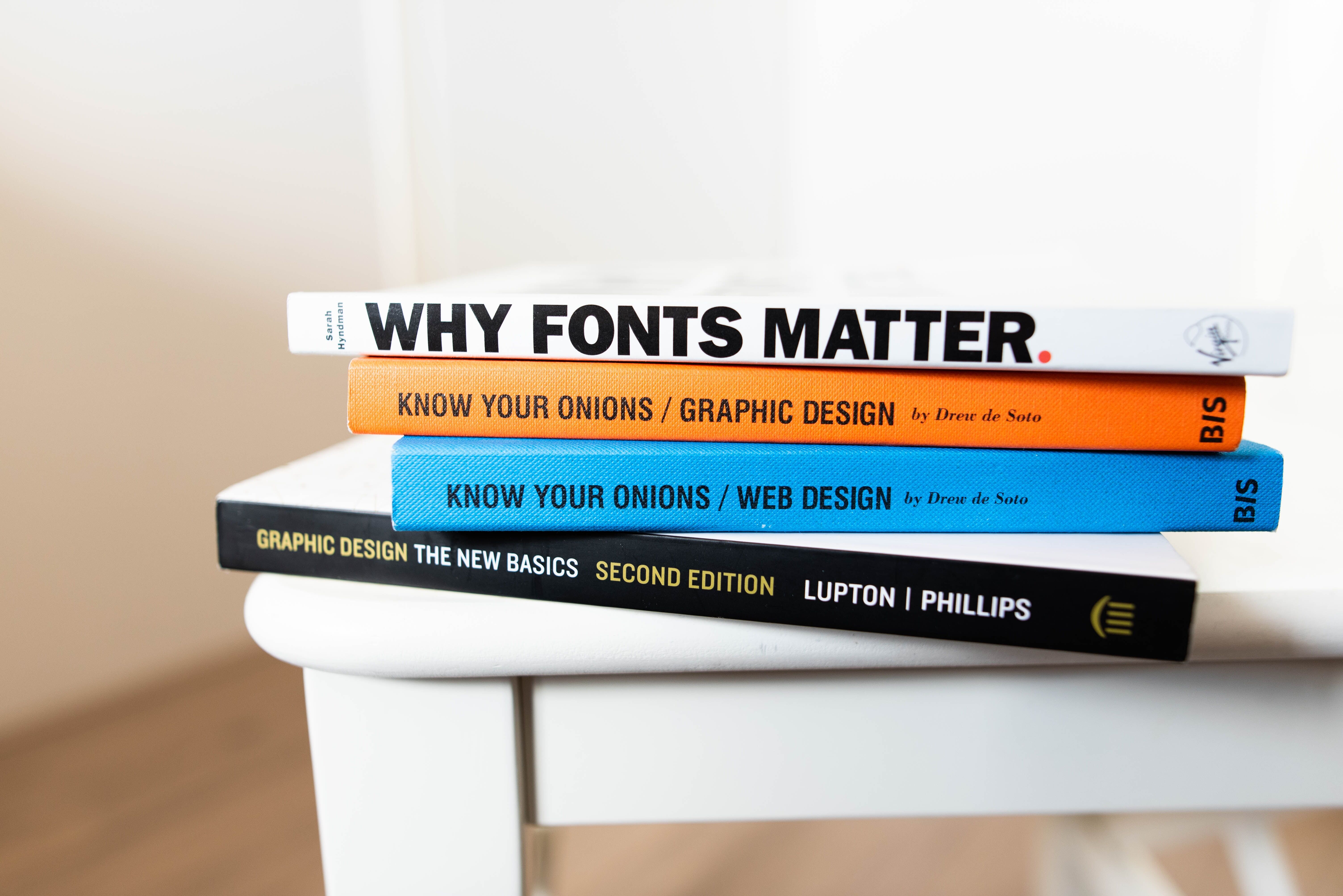When building a website for your company, 90% of your website design will come down to the images that you select to use on your website, and the fonts you select to be used throughout. There are many tools available, such as Google Fonts or Adobe Fonts that will help you find the font that not only works best for your website but that visitors will find readable.
Your website fonts will also need to be website safe. This means that if you choose to use a paid font that was from a friend or family member, and you do not already have that font installed and it is not pulling from a web-friendly place, the font you see would default back to some basic version such as Times New Roman.
If you are having trouble deciding what fonts are best for your website, and which fonts will catch the attention of your website visitors, look no further. In this blog, we will discuss 15 of the best fonts to use for your new website.
Arial

This font is otherwise known as the go-to font for most. It is one of the most widely used sans-serif fonts and is often substituted on Windows devices for other interesting font choices.
Roboto

This font is a sans-serif typeface that was developed by Google to be their system font for Android.
Times New Roman

This font is to serif what Arial is to sans serif font. It is the most popular font on Windows devices and is a new variation on the new old Times font.
Times

This font is the one that looks the most familiar. It is the old newspaper print that you are likely used to seeing in a small size in narrow columns. It is about as traditional as it gets.
Courier New
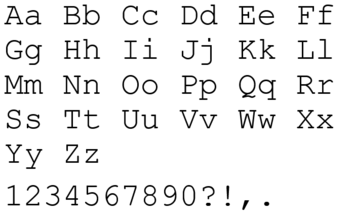
This font is similar to Times New Roman, except it is a variation of another old classic. Additionally, it is considered a monospaced front.
Courier
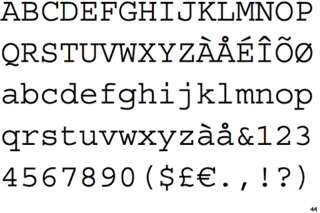
This font is the old monospace stand-by that is available on almost all devices and operating systems.
Verdana

This font is a true web font because (1) the simple sans serif lines and (2) it’s a super large size. The letters are elongated with this font, which makes it easy to read on a website.
Georgia
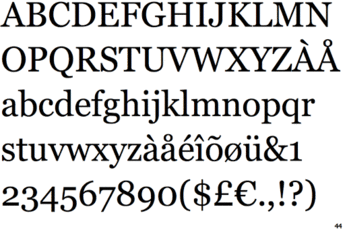
This font is similar to Verdana in size and stature. While it is great for certain circumstances, be sure to avoid pairing it with a Times New Roman or other fonts that make it look minuscule in comparison.
Palatino
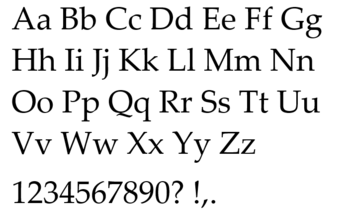
This is another large font that makes it perfect for a website. It is commonly used for headings and print-style advertisements.
Garamond
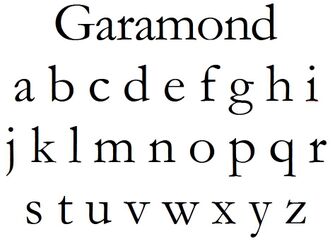
This is an old-school font that dates back to the 16th century Paris. This font is new and improved compared to the original, and it was introduced and bundled on most Windows devices.
Bookman
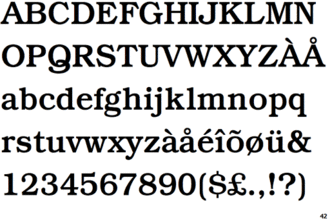
This font is perfect for headlines because it maintains legibility as well as readability, when when it is being used in a smaller size.
Candara
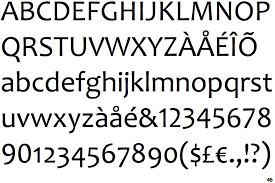
This font is a sans-serif typeface that is commissioned by Microsoft. It is also part of the ClearType font collection that was released with Windows Vista.
Arial Black

This font is bigger and bolder compared to the basic Arial. It also shares proportions with Helvetica, because it was originally used to replace Helvetica and print things without paying for the license.
Impact

This font is another bold headline choice that looks great in a few short words, but terrible in a sentence.
